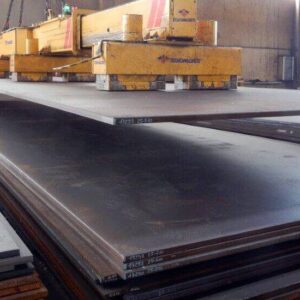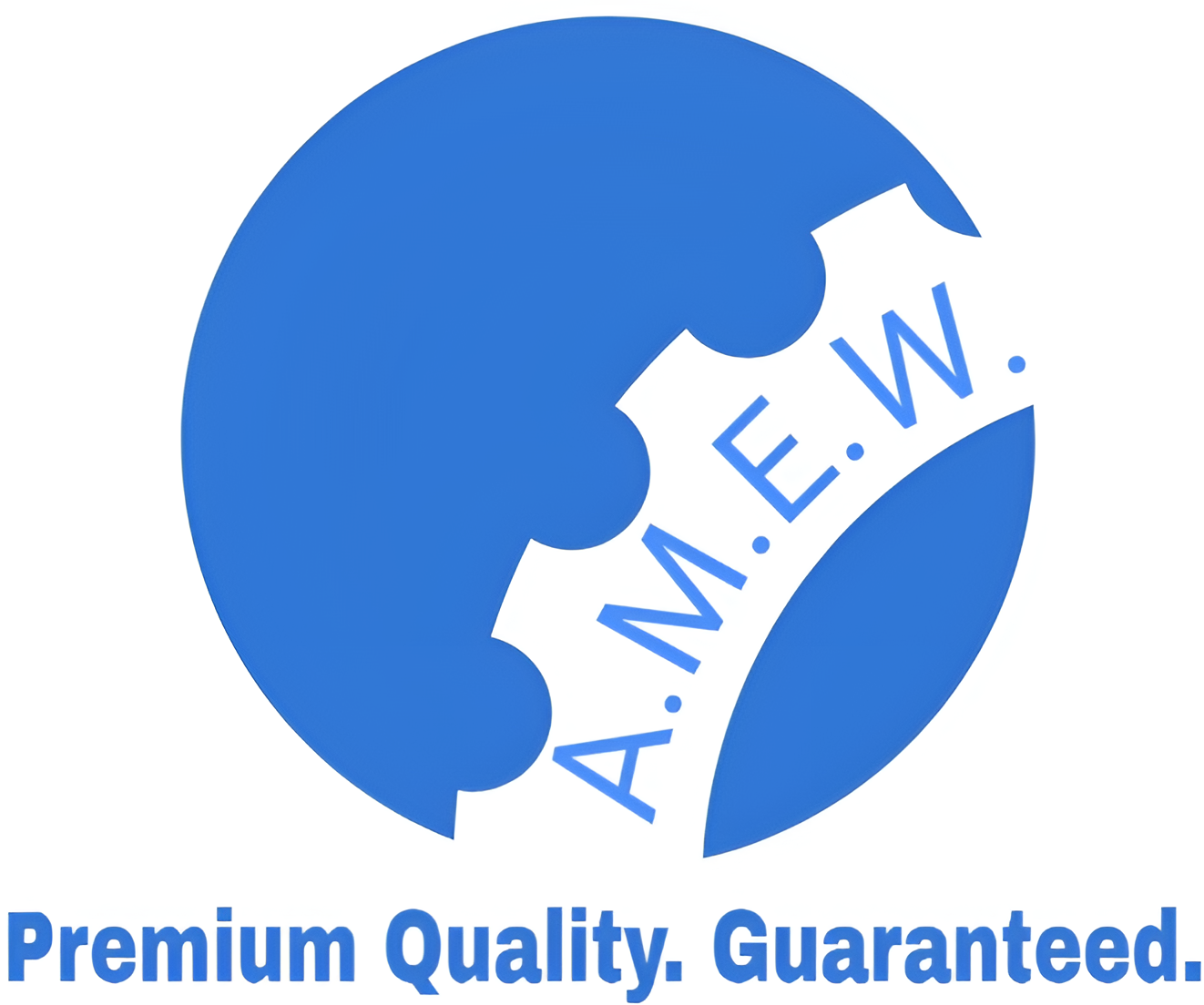Structural Steel Plates: Overview
Structural steel plates are critical materials used in various construction and engineering applications due to their high strength, versatility, and durability. These plates are primarily used in the fabrication of structures such as bridges, buildings, ships, and other heavy construction projects. Structural steel plates are available in different grades and thicknesses, which are selected based on the required strength, toughness, and environmental conditions.
The most common standards for structural steel plates include ASTM, BS EN (European Standard), and JIS (Japanese Industrial Standards), with popular grades like S235JR, S355JR, and ASTM A36, among others.
Key Grades of Structural Steel Plates
| Grade | Standard | Tensile Strength (MPa) | Yield Strength (MPa) | Applications |
|---|---|---|---|---|
| S235JR | EN 10025-2 | 340-510 | 235 | General construction, bridges, low-rise buildings |
| S355JR | EN 10025-2 | 470-630 | 355 | Heavy construction, bridges, shipbuilding |
| ASTM A36 | ASTM | 400-550 | 250 | General construction, oil rigs, shipbuilding |
| S275JR | EN 10025-2 | 430-580 | 275 | Industrial construction, cranes, heavy equipment |
| ASTM A572 Grade 50 | ASTM | 450-620 | 345 | High-strength structures, towers, bridges |
| S460NL | EN 10025-3 | 550-720 | 460 | Offshore structures, high-rise buildings |
| S690QL | EN 10025-6 | 770-940 | 690 | Heavy-duty machinery, cranes, bridges |
Applications of Structural Steel Plates
| Industry | Application Areas | Grade Recommendations |
|---|---|---|
| Construction | Building frames, roofing structures, and facades | S235JR, S355JR, ASTM A36 |
| Bridges | Suspension bridges, truss bridges, and pedestrian bridges | S355JR, S460NL |
| Shipbuilding | Hulls, decks, and structural parts of vessels | ASTM A36, S355JR |
| Oil & Gas | Offshore platforms, pipelines, and rigs | S460NL, ASTM A572 Grade 50 |
| Machinery | Heavy equipment, crane parts, and earth-moving machinery | S690QL, S355JR |
| Wind Energy | Wind turbine towers and foundations | S275JR, S355JR |
| Automotive | Vehicle frames, chassis, and reinforcements | ASTM A36, S355JR |
Properties of Structural Steel Plates
- High Strength: Structural steel plates offer high yield and tensile strength, making them suitable for heavy loads and large-scale structures.
- Toughness: These plates are designed to withstand environmental stresses such as extreme temperatures and pressures, enhancing structural reliability.
- Versatility: Available in various grades, thicknesses, and sizes, structural steel plates can be customized to meet specific requirements.
- Weldability: Most grades of structural steel plates are highly weldable, which allows for ease of fabrication and assembly in construction projects.
- Durability: With superior resistance to corrosion and mechanical wear, structural steel plates have a long lifespan even in challenging environments.
Grade Comparison: S235JR vs. S355JR
| Property | S235JR | S355JR |
|---|---|---|
| Yield Strength | 235 MPa | 355 MPa |
| Tensile Strength | 340-510 MPa | 470-630 MPa |
| Applications | General construction | Heavy structures, bridges |
| Cost | Lower | Higher due to higher strength |
Typical Sizes and Thickness of Structural Steel Plates
| Thickness (mm) | Width (mm) | Length (mm) |
|---|---|---|
| 5-200 | 1000-3500 | 6000-12000 |
Custom sizes are available based on project requirements.
Advantages of Structural Steel Plates
- Structural Integrity: High strength-to-weight ratio, making it ideal for large-scale structures.
- Cost-Effective: Offers a balance between performance and cost, reducing the overall project expense.
- Sustainability: Steel is highly recyclable, reducing waste and environmental impact.
- Efficiency: Easy to fabricate, transport, and assemble, leading to faster construction times.
Showing 1–16 of 34 results
-

10CRMO9-10 Steel Plate
Read more -

13CRMO4-5 Steel Plate
Read more -

AASHTO M270 Plate
Read more -

Abrex 500 Plates
Read more -

ABS EH36 Plate
Read more -

DSQ Plate
Read more -

EN 10025 Plate
Read more -

IS 2062 E250 Steel Plate
Read more -

IS 2062 E250A Plate
Read more -

IS 2062 E250BR
Read more -

IS 2062 E250BR Plate
Read more -

IS 2062 E350 Plates
Read more -

IS 2062 E350 Steel Plate
Read more -

IS 2062 E350A Plate
Read more -

IS 2062 E350BR Plates
Read more -

IS 2062 E350C
Read more

